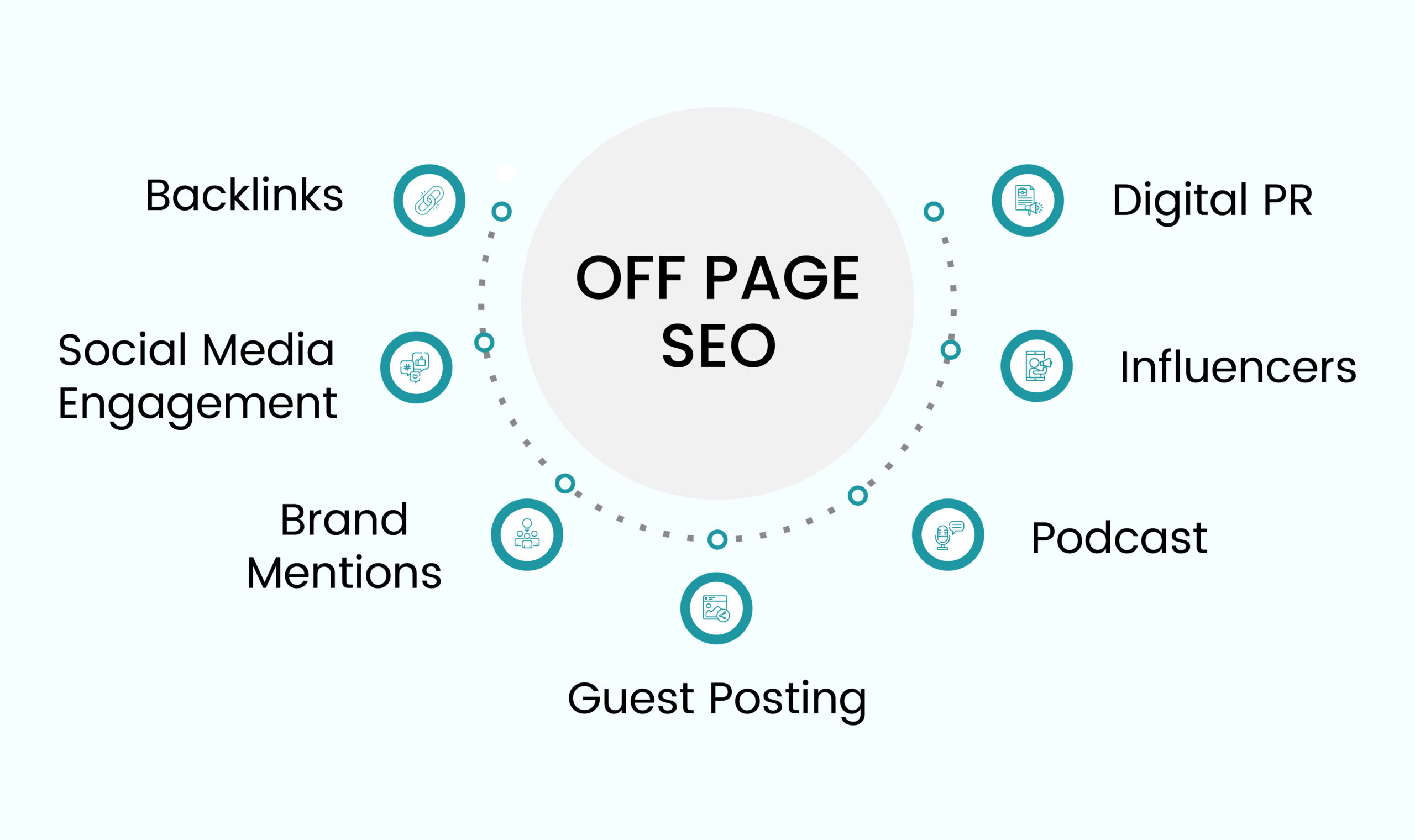I have a confession to make about the SEO industry. Most of the content you find online is boring. Capital-B, Boring. And if, somehow, it’s not boring, then it’s poorly optimized for SEO. To be honest, out of the dozens of articles I read every week, there are only a handful that are not only a joy to read but also fall into the category of a well-written SEO content piece.
And those are the kind of articles I want to talk about today. The ones that check all the boxes.
So, what do they get right?
Well, they often use these 5 SEO copywriting techniques that help their blogs rank well, get more clicks, and engage readers for longer. And these techniques are not super-hard. Anyone with basic SEO and copywriting skills can use them to improve their blogs. Let’s check ‘em out.
1. They use the right keywords
Your starting off point for writing highly optimized content should be targeting a set of relevant keywords. Using just one keyword over and over again is considered keyword stuffing, which can negatively affect your rankings.
Here, keyword tools and web analytics such as Google Keyword Planner, Ahrefs, or SEMRush can prove to be super useful. Start from primary keyword research and then dig deeper to choose the relevant terms having traffic potential.
High-level keywords, smaller subgroups, and then low-level groups give you a big picture of how to optimize your copy for search engines. Keyword grouping tools would help accelerate this activity.
Once keywords are finalized, strategically place them into key areas of your copy, such as:
- Title
- Meta description
- Headings

Include the most relevant keywords in the aforementioned areas and sprinkle the related terms throughout the body. Search engines view such pages as more detailed and closer to the user intent and rank them higher.
2. They write well. And write for humans.
Getting to a top position in SERPs is the ultimate goal for all websites, but it is important to understand that you’re writing for humans. So, it’s always a good idea to get into your consumers’ shoes and focus on readability. This is where your SEO copywriting wisdom can save the day. Instead of writing sentences that provide no value to the users, you must address the search intent effectively to get your content read and engaged with.
Some useful tips for improving the overall readability of your content are as follows:
- Using short sentences
- Writing for skim readers
- Break long paragraphs into shorter ones
- Highlight any content that deserves more attention
Tools like Grammarly can help spot common grammatical errors as you’re writing, while Yoast SEO gives suggestions on better readability. These tools go a long way in improving your content.
Google ranking algorithms search for the most logical and accurate answers to determine which pages to rank higher. So, instead of focusing on keyword density, strive to channel your efforts toward user intent.
3. They use LSI keywords
Latent semantic indexing (LSI) keywords improve relevance signals and boost organic traffic. And SEO copywriting highly relies on these. Therefore, it’s important to incorporate them into your content pieces. Let’s learn how to sprinkle semantically related terms in your copy.

- Google’s ranking algorithm focuses on answering user intent, so you can add synonyms in your copy to sound natural instead of repeating the same keyword. For example, “running gears,” “gears for running,” or “running equipment” could be used interchangeably. Of course, they need to sound natural and not forced in the context of your article.
- Relevance is one of the most critical factors for SEO ranking. You could link to a relevant authority website to increase the relevance of your own article for targeted keywords.
- Check out how your competitors are talking about a particular topic. Their blogs may use different variations of your search query, which can guide your own research and first draft.
4. They optimize for featured snippets
Google is no longer just a search engine. Instead, it is transforming into an answer engine, providing answers to queries right then and there. Now, users get accurate answers to most of their questions in featured snippets. And that is why a lot of the websites compete to get a spot over there.

Let’s see how to win the Google answer box:
- Understand users’ pain points. Brainstorm what they are most likely to search for. Focus on “what,” “how,” and “listicle” queries. Analyze and answer a user’s immediate need related to your copy.
- Google’s “People also ask” and “related searches” sections are an effective way to come up with amazing ideas.
- Write a precise, straightforward answer aimed at answering the search query.
- See if any website is ranking for your targeted search term. If yes, analyze their style and optimize it to enhance your chances of securing a spot.
- When everyone is competing for keywords with higher difficulty, it’s not a bad idea to target keywords with lower difficulty.
- Most importantly, make it easy to crawl for Google by stating questions in the form of a heading.
5. They add unique elements to their content
Let’s face it! With a plethora of blogs writing about various topics, there is a content overload on the internet. You don’t want your writing to be boring because that will ruin your chances of converting the readership. What will help you outshine your competitors is your ability to provide quality content that is absorbing, thought-provoking and hooks the reader from the get-go. We’ve listed below some key tips which will help you to stand out and create a loyal audience:
- Refrain from using technical jargon and speak their language. Resonate your tone with their style. In some fields, you could add a slice of humor, while in others, you may have to adopt a more formal writing style.
- Include powerful words to trigger a psychological and emotional response.
- References to trending topics related to your content.
- Share stories to add a personal touch.
- Sell without selling – Make your readers knowledgeable, ask them questions to make them think, and then offer suggestions.
- Include CTAs throughout the copy. For example, if you are talking about making a schedule, then it would be helpful to add a downloadable timetable in return for an email.
There you have it, folks — a complete rundown of how to write content that ranks. Following our SEO copywriting cheat sheet, you will have better chances to land top positions on Google. Consequently, the rankings will lead to better click-through rates, and ultimately engage readers enough to convert.








